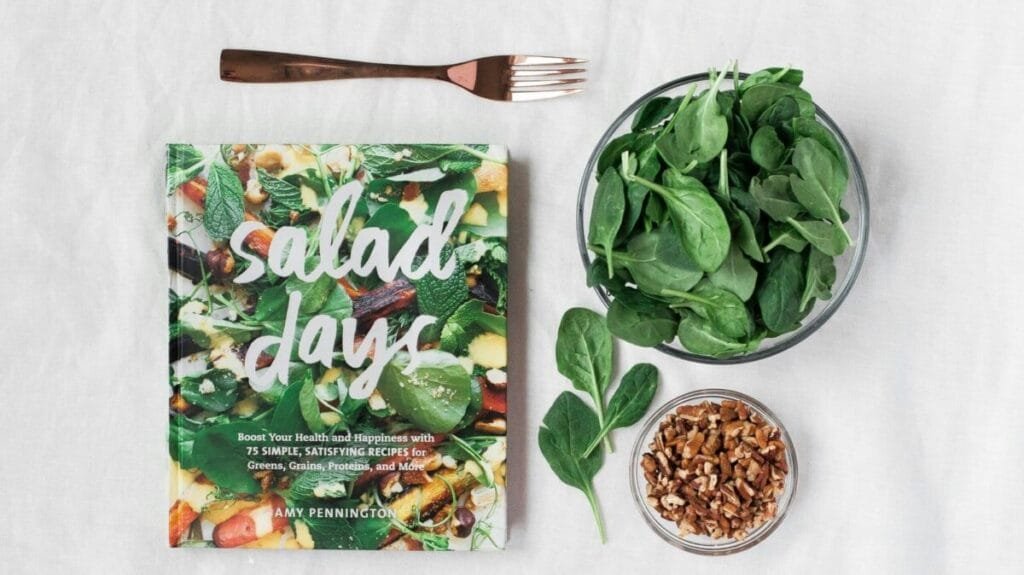Compelling Reasons for Incorporating Squats into Your Fitness Routine
Hey there, gym-goers! How many squats can you do? They’re everywhere in fitness routines for a reason! While some fitness enthusiasts crank out hundreds with heavy weights, don’t feel pressured to match their pace. Squats are a powerhouse exercise, offering benefits far beyond just building leg strength. Whether you’re chasing stronger joints, a toned physique, or better overall health, squats deliver. Let’s dive into why this move deserves a prime spot in your workouts.

Build Stronger Joints
Squats are a dynamic way to fortify your joints. By lowering and raising your hips, you engage the hip, knee, and ankle joints in unison—promoting stability and mobility. Contrary to old myths, research confirms that squats, when done correctly, protect joint health rather than harm it. Focus on maintaining proper form: keep your knees aligned over toes, chest lifted, and core tight to maximize benefits and minimize risk.
Engage Multiple Muscle Groups
Think squats only target your legs? Think again! This compound movement fires up your quads, hamstrings, glutes, calves, core, and even your lower back. As you bend, your quads power the motion while your core stabilizes your torso. Rising back up? That’s your glutes and hamstrings shining. For maximum muscle engagement, prioritize depth and control over speed—your body will thank you.womenshealthmag.com
Burn Calories and Support Weight Loss
Squats might not be your first thought for fat loss, but their metabolic punch is real. The harder you work, the more calories you torch. At high intensity, squatting hits a Metabolic Equivalent of Task (MET) score of 8—eight times the energy burned while sitting! A 155-pound person can scorch over 200 calories in 25 minutes of vigorous squats. Even at lower intensities, they’re a smart add to any weight-loss plan.
Boost Athletic Power and Speed
Athletes, take note: Squats are your secret weapon. Studies show that consistent squat training enhances explosive strength, speed, and vertical jumps. In one trial, young athletes improved their sprint times and leap height after just eight weeks of jump squats. Whether you’re chasing a personal best or dominating pickup games, squats build the foundation for peak performance.
Strengthen Your Heart
Don’t underestimate squats’ cardio perks! Their intensity gets your heart pumping, which can lower resting heart rate, blood pressure, and LDL cholesterol over time. This trifecta reduces risks of heart disease and stroke. Even bodyweight squats, done in quick succession, double as a heart-healthy circuit.
Forge a Rock-Solid Core
Forget endless crunches—squats are a stealth core workout. Research reveals that weighted back squats activate core muscles more effectively than planks. A strong core isn’t just for aesthetics; it improves posture, balance, and everyday movements like lifting groceries or playing with kids.
Prevent Injuries
Ironically, this intense move can shield you from harm. By strengthening tendons, ligaments, and muscles, squats build resilience in injury-prone areas like knees and hips. Just remember: Form is non-negotiable. Poor technique (like knees caving inward) can backfire, so master the basics before adding weight.
Enhance Flexibility
Squats demand a full range of motion, which stretches hip flexors, hamstrings, and calves. Over time, this can combat stiffness—especially as we age. But beware: A 2017 study noted that heavy squats reduced hamstring flexibility in bodybuilders. Counteract this by pairing squats with dynamic stretches and yoga to stay limber.
No Equipment? No Problem!
The beauty of squats? They’re endlessly adaptable. No weights? Go bodyweight. Short on space? A few square feet will do. Beginners can start with 20 daily squats, progressing to 50 or adding resistance bands. For variety, try sumo squats, pistol squats, or jump squats to keep workouts fresh.
See the video below.
Types of Squats
Incorporating various squat variations into your fitness routine can significantly enhance your lower-body strength, flexibility, and overall performance. The article “36 Types Of Squats To Strengthen Your Quads, Glutes, Hamstrings, And More” from Women’s Health highlights numerous squat variations that target different muscle groups, ensuring a comprehensive workout.
Some notable squat variations include:
- Plié Squat: Targets the inner thighs by positioning the feet wider than shoulder-width with toes turned out, engaging the adductor muscles.
- Squat to Lunge: Combines traditional squats with lunges, enhancing stability and activating multiple muscle groups simultaneously.
- Wide-Leg Sumo Squat: Focuses on the inner thighs and glutes by adopting a wider stance, differing from standard squats.
Integrating these variations can prevent workout monotony and address muscle imbalances, leading to improved functional strength and reduced injury risk. It’s essential to maintain proper form during these exercises to maximize benefits and ensure safety.
By diversifying your squat routine, you not only challenge your muscles in new ways but also promote overall fitness and adaptability in various physical activities.
Ready to Transform Your Routine?
Squats are more than a leg day staple—they’re a full-body game-changer. Whether you’re aiming to shed pounds, boost athleticism, or simply move with ease, this exercise delivers. Start slow, nail your form, and gradually up the ante. Your future self will high-five you for it!
Already a squat enthusiast? Share your favorite variations or tips in the comments below!
Ready for more Fitness articles, click here.




